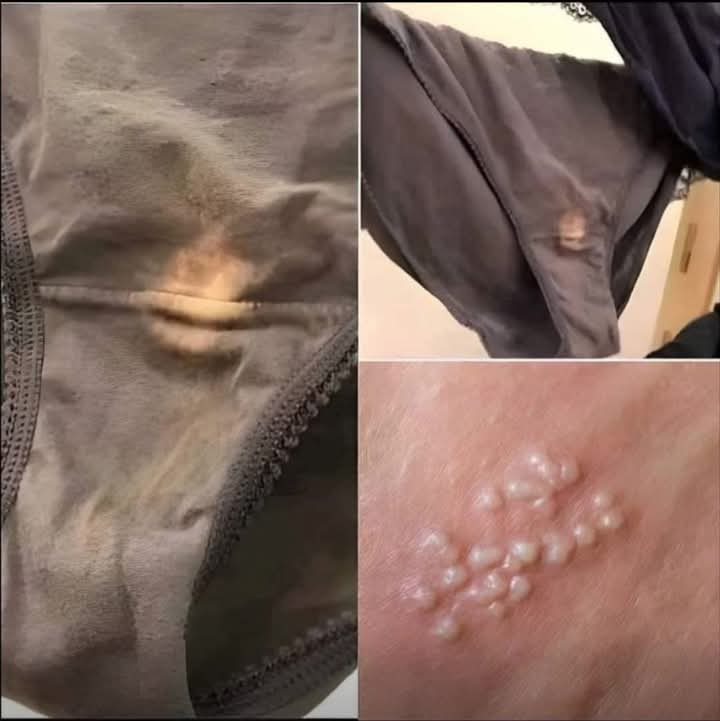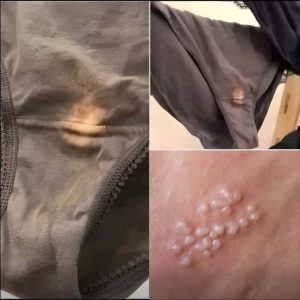- A small black or brown spot under a fingernail or toenail that does not grow out with the nail could be a sign of subungual melanoma.
- This type of melanoma is often mistaken for a bruise but does not fade over time.
- If you notice a persistent dark mark under your nail, consult a dermatologist.
The ABCDE Rule: A Guide to Spotting Skin Cancer
One of the most effective methods for identifying potentially cancerous spots is the ABCDE rule. This guideline helps differentiate between harmless moles and concerning skin changes:
- B – Border: Irregular, jagged, or blurred edges should be examined by a doctor.
- C – Color: Spots with multiple shades or unusual colors (blue, red, or white) may indicate cancer.
- D – Diameter: If the spot is larger than a pencil eraser (6mm), it should be checked.
- E – Evolution: Any change in size, shape, or color over time is a major red flag.
Risk Factors for Skin Cancer
Certain individuals are at a higher risk of developing skin cancer. Factors that increase susceptibility include:
- Excessive Sun Exposure: Prolonged exposure to UV rays without protection significantly raises skin cancer risk.
- Fair Skin: People with lighter skin tones, freckles, and light-colored eyes have less melanin to protect against UV damage.
- Family History: A history of melanoma or other skin cancers in the family increases personal risk.
- Weakened Immune System: Those with immune deficiencies or undergoing immunosuppressive treatments are more prone to developing skin cancer.
- History of Sunburns: Severe sunburns, especially in childhood, increase the risk of melanoma in adulthood.
What to Do If You
Notice Suspicious Dots
If you observe any of the warning signs mentioned above, it’s important to act quickly:
- Schedule a Dermatologist Appointment: A skin specialist can perform a biopsy to determine whether the spot is cancerous.
- Avoid Self-Diagnosis: Many benign conditions mimic skin cancer. Only a professional can provide an accurate diagnosis.
- Practice Sun Protection: Use sunscreen with at least SPF 30, wear protective clothing, and avoid tanning beds.
- Perform Regular Skin Checks: Examine your skin monthly for new or changing moles or spots, especially in hard-to-see areas like the back and scalp.
Conclusion
Your skin’s health is vital, and being vigilant about changes in its appearance can be life-saving. If you notice unusual dots, marks, or moles that match the warning signs of skin cancer, don’t ignore them. Early detection and prompt treatment can prevent the progression of the disease and improve outcomes. When in doubt, always seek medical advice—because when it comes to skin cancer, caution is better than regret.

